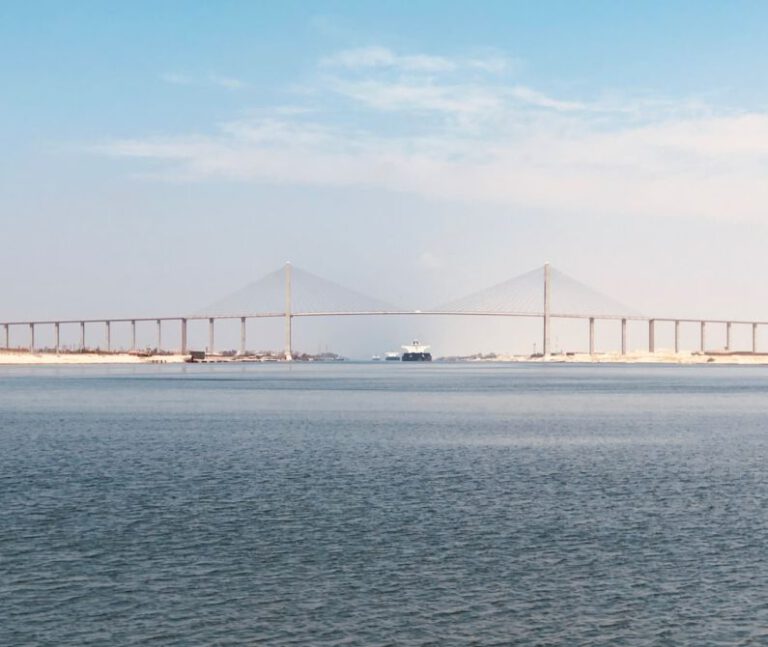The Panama Canal: a Masterpiece of Engineering
Nestled in the heart of Central America, the Panama Canal stands as a testament to human ingenuity and perseverance. Spanning 50 miles through the narrow isthmus of Panama, this marvel of engineering has played a crucial role in global trade and transportation since its completion in 1914. Let’s delve into the fascinating history and intricate design of the Panama Canal.
The Birth of an Idea
The idea of a canal linking the Atlantic and Pacific Oceans dates back centuries, with early proposals surfacing as far back as the 16th century. However, it wasn’t until the 19th century that the dream of a transoceanic waterway became a reality. The French initially attempted to construct the canal in the 1880s under the leadership of Ferdinand de Lesseps, known for his successful completion of the Suez Canal. Despite facing formidable challenges, including tropical diseases and difficult terrain, the French efforts ultimately failed.
The American Endeavor
In 1904, the United States took up the monumental task of building the canal, with President Theodore Roosevelt championing the project. One of the most significant challenges faced by engineers was the formidable Culebra Cut, a mountainous region that needed to be carved through to create a navigable path. The construction of the canal required immense manpower, with thousands of workers from around the world toiling in grueling conditions. The use of innovative techniques, such as locks that raise and lower ships to different water levels, revolutionized the way vessels could traverse the canal.
Economic Impact and Global Trade
The completion of the Panama Canal had a profound impact on global trade, significantly reducing the time and cost required for ships to travel between the Atlantic and Pacific Oceans. Prior to the canal’s opening, ships had to navigate the treacherous waters around Cape Horn at the southern tip of South America, a journey that could take months. The Panama Canal cut this journey down to a mere 8-10 hours, revolutionizing maritime trade and transportation. Today, the canal remains a vital artery for international commerce, with thousands of ships passing through its locks each year.
Environmental Concerns and Expansion
Despite its undeniable benefits, the construction and operation of the Panama Canal have not been without controversy. Environmentalists have raised concerns about the impact of the canal on the surrounding ecosystem, particularly on the diverse wildlife that calls the region home. Efforts have been made to mitigate these effects, including the expansion of the canal in 2016 to accommodate larger vessels. The expansion project involved the construction of new locks and the widening and deepening of existing channels, allowing for increased capacity and efficiency.
A Testament to Human Ingenuity
The Panama Canal stands as a testament to human ingenuity and the power of collaboration on a global scale. From its humble beginnings as a dream to its realization as a modern engineering marvel, the canal continues to inspire awe and admiration. Its impact on global trade, economic development, and technological innovation cannot be overstated. As we look to the future, the Panama Canal serves as a reminder of what can be achieved when vision, determination, and expertise converge in pursuit of a common goal.
In conclusion, the Panama Canal remains a symbol of human achievement and a living example of the power of engineering to shape the world around us. Its legacy will endure for generations to come, reminding us of the boundless potential of human creativity and perseverance in the face of seemingly insurmountable challenges.






